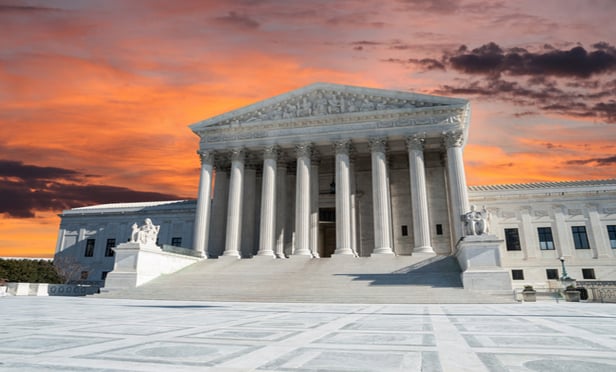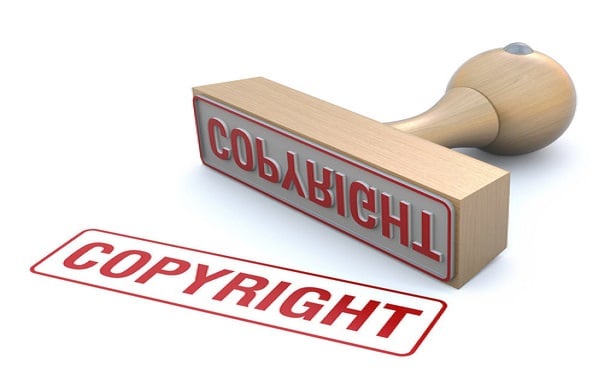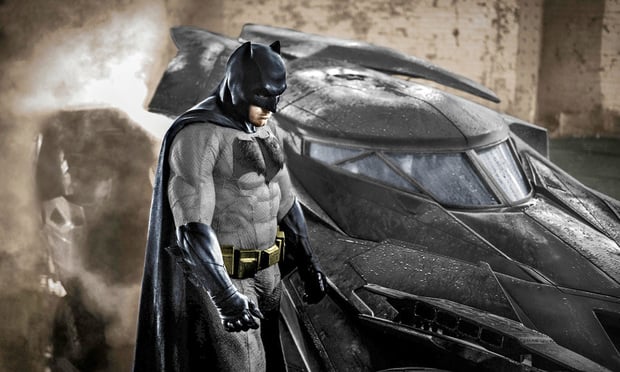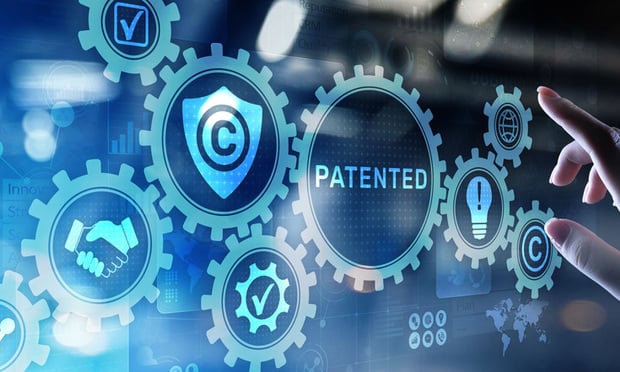Features

I Got Royalties, Babe: L.A. Federal Court Sides With Cher On Income from Sonny's Song Interests
The U.S. District Court for the Central District of California has decided that the termination by Mary Bono of grants made by her late husband Sonny Bono under the copyright-assignment termination provision of the Copyright Act didn't affect royalty rights under a 1978 marital settlement agreement between Sonny and ex-wife Cher.
Features

Gen-AI Created Influencers Bring New Risks
A steep rise in the use of GenAI and computer-generated influencers brings with it new marketing risks and considerations for celebrities, influencers and businesses alike.
Features

7 Ways Companies and Content Creators Can Navigate Copyright Law for a Successful Partnership
Companies often partner with influencers to market their products, hoping to tap into the influencer's devoted audience. Likewise, influencers create certain content to secure brand deals and attract advertisers. However, this relationship can be fraught with legal issues, including in the arena of copyright law.
Features

U.S. Supreme Court Decides Copyright Damages-Lookback Issue But Not Discovery-of-Infringement Rule
In a 6-3 majority decision, the U.S. Supreme Court has resolved a copyright question that generated conflicting results in the U.S. Courts of Appeal for years. But as a forceful dissent pointed out, the court left open a more fundamental issue that could render the entire question moot.
Features

Is It Possible to Reconcile the Two Sides In the AI Copyright Debate?
The points and counterpoints brought up by experts at a Stanford Law conference provide insight on the future relationship between AI and copyright creators.
Features

Digital Dibs: Rival Views of Generative AI Copyrights
GAI platforms like ChatGPT and OpenAI often require very little human input, shattering this legal landscape's framework by posing a simple question: Who authored the material? We'll explore how two countries are answering this question in different ways.
Features

Fourth Circuit Weighs In on Fair Use and Copyright Registration Validity
In Philpot v. Independent Journal Review, the Fourth Circuit found no fair use or copyright validity for a concert photographer's use of a photo of Ted Nugent as part of a collection.
Features

"Holy Fair Use, Batman": Copyright, Fair Use and the Dark Knight
The copyright for the original versions of Winnie the Pooh and Mickey Mouse have expired. Now, members of the public can create — and are busy creating — their own works based on these beloved characters. Suppose, though, we want to tell stories using Batman for which the copyright does not expire until 2035. We'll review five hypothetical works inspired by the original Batman comic and analyze them under fair use.
Features

Intellectual Property In Legal Tech: Lessons from Recent Cases
As technology continues to permeate the legal industry, the significance of IP in safeguarding innovations, ensuring fair competition, and fostering a culture of creative legal solutions becomes paramount.
Columns & Departments
IP News
Appeals Court Backs Nickelback In Copyright Infringement Case
Need Help?
- Prefer an IP authenticated environment? Request a transition or call 800-756-8993.
- Need other assistance? email Customer Service or call 1-877-256-2472.
MOST POPULAR STORIES
- Use of Deferred Prosecution Agreements In White Collar InvestigationsThis article discusses the practical and policy reasons for the use of DPAs and NPAs in white-collar criminal investigations, and considers the NDAA's new reporting provision and its relationship with other efforts to enhance transparency in DOJ decision-making.Read More ›
- The DOJ's New Parameters for Evaluating Corporate Compliance ProgramsThe parameters set forth in the DOJ's memorandum have implications not only for the government's evaluation of compliance programs in the context of criminal charging decisions, but also for how defense counsel structure their conference-room advocacy seeking declinations or lesser sanctions in both criminal and civil investigations.Read More ›
- The DOJ's Corporate Enforcement Policy: One Year LaterThe DOJ's Criminal Division issued three declinations since the issuance of the revised CEP a year ago. Review of these cases gives insight into DOJ's implementation of the new policy in practice.Read More ›
- Don't Sleep On Prohibitions on the Assignability of LeasesAttorneys advising commercial tenants on commercial lease documents should not sleep on prohibitions or other limitations on their client's rights to assign or transfer their interests in the leasehold estate. Assignment and transfer provisions are just as important as the base rent or any default clauses, especially in the era where tenants are searching for increased flexibility to maneuver in the hybrid working environment where the future of in-person use of real estate remains unclear.Read More ›
- Developments in Distressed LendingRecently, in two separate cases, secured lenders have received, as part of their adequate protection package, the right to obtain principal paydowns during a bankruptcy case.Read More ›
